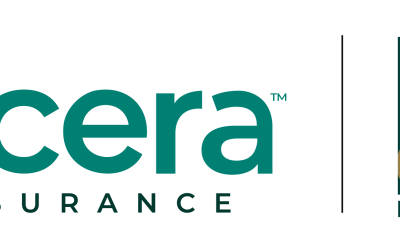Wood Burning Appliances – Wood Stoves
With Covid19, this winter we will be more homebound then ever before. Those cold winter nights are more pleasant with the warmth, scent and sound of a fire safely crackling nearby. With the expected resurgence of wood stoves and fireplaces, we need to be vigilant in keeping these fires friendly, your family safe, and Ontario Home Insurance premiums as low as possible. With some simple precautions and proper maintenance, you can protect yourself and your family and reduce the risk of a home fire. Here are some helpful tips:
• Important: Advise your broker or insurance company of have a woodstove or plan on having one installed. Failure to do so could have very adverse affects in the event of a major fire loss.
• Ensure there are no combustibles near the fireplace or woodstove. All stacked wood, furniture, newspapers, clothing, etc. should be at least 4ft away from the unit.
• For fireplaces, ensure the damper is fully open before starting a fire.
• For wood burning stoves, follow all manufacturer operating instructions, maintenance guidelines and recommendations.
• Use seasoned woods only (dryness is more important than hard wood versus soft wood considerations). Use of the proper wood is your best safeguard against an accumulation of creosote, an oily substance that derives from incomplete combustion, on the lining of the chimney flue. A spark can ignite creosote and cause what can be an extremely hot and dangerous fire.
• Never burn wrapping paper, construction scraps of treated or painted wood, cardboard boxes, trash or Christmas trees in your fireplace or wood stove.
• To prevent sparks from landing on floors or furniture place a metal screen in front of open wood burning fireplaces.
• Never leave your fire unattended.
• Keep a fire extinguisher handy, ideally within sight, and make certain everyone knows how to use it.
• Disposal of ashes should be in an Underwriters Laboratories Canada (ULC) listed metal container taken outside.
• Consider installing a stovepipe thermometer on your woodstove so that you can monitor flue temperatures.
• Have your unit and chimney cleaned and inspected annually by a Wood Energy Technology Transfer (WETT) Certified inspector.
• Above all, never douse gasoline, kerosene or other flammable fluid on wood to get a quick fire
• Follow all inspection report recommendations and keep reports for future reference.
Between annual inspections things to look for are:
• Cracks in the interior of the firebox.
• Worn or damaged insulation cords on wood stove doors.
• Discoloured, damaged or missing flue or rain caps.
• Dark staining on the outside of your chimney could be creosote build-up. This may require chimney cleaning.
• Cracked, broken or collapsed flue tiles.
• Warped metal on the damper, metal smoke chamber, connector pipe or factory-built metal chimney.
• Cracks in the exterior masonry chimney.
If any of these problems are observed, discontinue using your unit and have in inspected. Nobody wants to suffer through the catastrophe, the injury or death, and the misery of a major claims under an Ontario home insurance policy. Loss prevention helps everyone.




